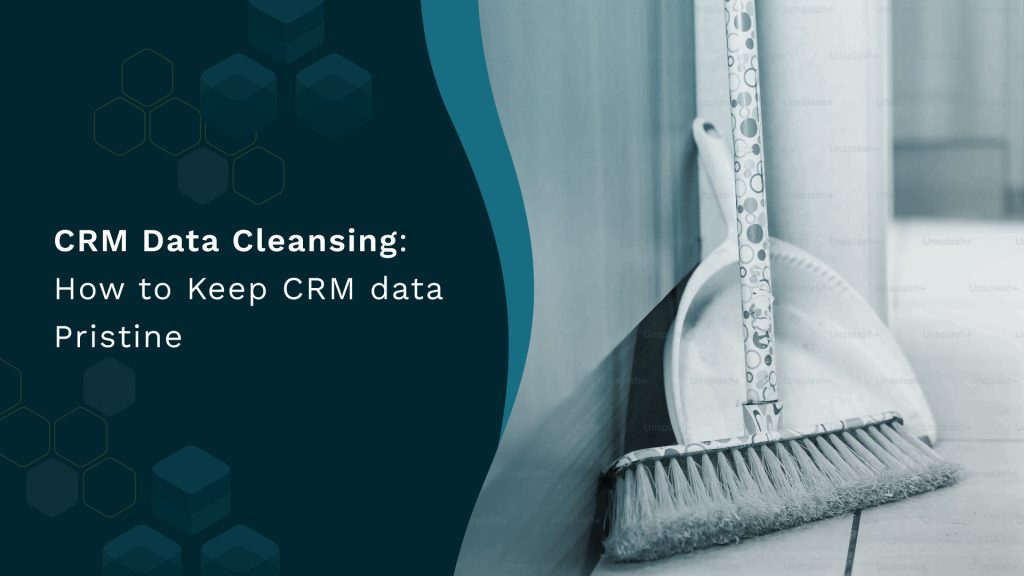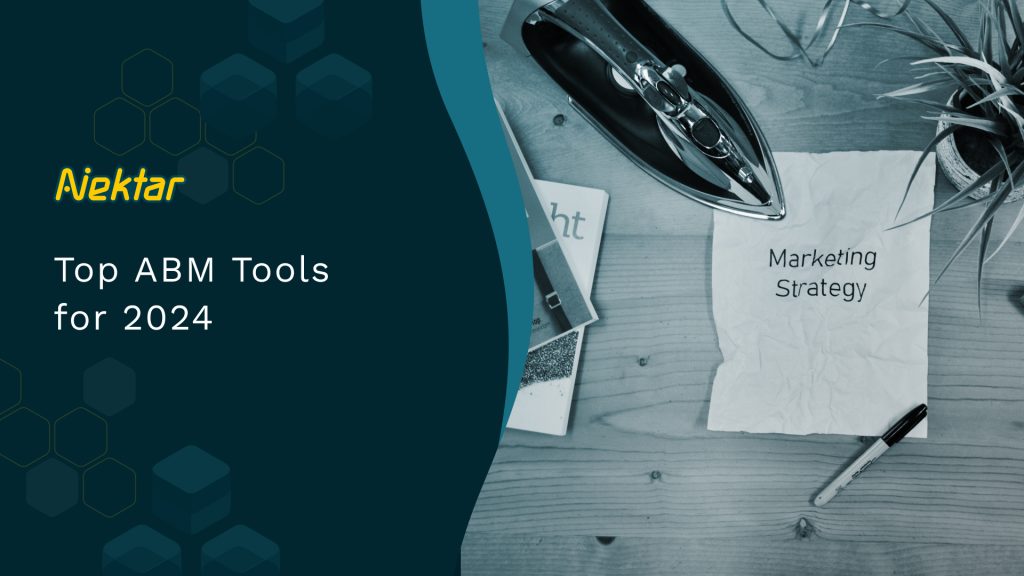CRM Data Cleansing: How to Keep CRM data Pristine
CRM Data Cleansing: How to Keep CRM data Pristine CRM On average, in a B2B company, the volume of prospect and customer data doubles every 12-18 months. This massive influx comes with a significant risk of errors, duplicates, outdated records, and other inconsistencies creeping into your CRM. The longer this dirty data sits in your CRM, the worse the outcomes of your CRM would get much like a snowball rolling downhill. What can you do? Implement robust CRM data cleansing practices. These practices include conducting regular CRM data audits, using CRM data validation techniques, and leveraging automated tools to keep your data clean and credible. Ep #12: Driving Revenue With Clean CRM Data ft. Jacki Leahy In this article, we will learn all about CRM data cleansing and how automation and AI ease the process of data cleansing. Let’s get started with the basics. What is CRM Data Cleansing? Imagine you are going on a trip and need to pack your stuff. Will you be able to do it in a messy room full of stuff scattered everywhere? You’d spend ages just trying to find your things, let alone packing them efficiently. But when everything is neatly organized, you can do all the packing in a fraction of the time. Well, CRM data cleansing is similar. It’s all about taking that chaotic, messy data and transforming them into well-organized and accurate datasets. In a nutshell, CRM data cleansing is the process of identifying and fixing inaccurate or incomplete data in your CRM database. It involves detecting and eliminating duplicate, outdated, or irrelevant data, ensuring that the CRM database remains accurate and up to date informing smarter and reliable business decisions. How Poor CRM Data Hygiene Affects Your Revenue For great results, you need to be careful of what you feed your CRM system. Or else, it becomes a classic case of “garbage in, garbage out.” You cannot expect great results from CRM insights if the source of the data in it is unreliable. Data lies at the heart of gaining visibility on where to make improvements, drive focus on leading indicators and fix the revenue funnel before it breaks. If the data in the CRM in itself is plagued, you cannot expect insights from it that drive revenue. In fact, it is quite the opposite. In a recent survey, 44% of respondents estimated their company loses over 10% of annual revenue due to poor data quality. Such data inefficiencies are causing revenues to leak through your funnel in myriad ways. Some of them include: 1. High employee turnover CRM users aka your employees are reaching a saturation point. 64% of them say they would consider leaving their current role if organizations don’t invest resources in a CRM data quality plan. In a world where talent is scarce, employees leaving would mean so much more time and resources gone in hiring more people, onboarding them and keeping them engaged. 2. Poor sales forecasting The quality of your sales forecast has a direct impact on your revenue. A poor sales forecast is a result of bad data fed into your systems that fail to predict how much revenue will be closed quarter after quarter. The result is wasted resources on avenues that lead to no result. 3. Poor ROI from tech stack Revenue leaders invest in different tools as a part of their tech stack, CRM being one of them. But all these tech stacks can only deliver ROI when they have the right data to work with. Without quality data, these tech stacks will just remain as shiny objects that eat up budgets without delivering any meaningful value to revenue. 4. Poor targeting Picking up all contacts from a CRM and running a uniform campaign for all is passe. Today’s customers want hyper-personalized messaging, which requires marketing teams access to high-quality data that tell them more about their contacts than simple name and email ids. CRM data tells marketing teams who to target for their campaigns. It fails to address the “why.” Bad data aggravates this problem by sending wrong messages to the wrong customers for solutions they might not even be looking for, thus putting the reputation of a brand on the brink of damage. Advantages of CRM Data Cleansing Leverage the power of a clean CRM to drive business growth in the following ways: 1. Effective prospect communication Clean data ensures you reach the right people with the right message at the right time. By having accurate contact details, preferences, and purchase history, you can personalize your follow-ups, build effective marketing campaigns, and provide exceptional customer service. 2. Improved productivity Outdated or incorrect data leads to wasted time and effort. We are not the only ones saying this, a report by Mckinsey says that employees spend 9.3 hours a week simply searching for the data they need. By keeping your CRM clean, you avoid redundant tasks, such as contacting the same leads multiple times or dealing with undeliverable emails. It streamlines your processes, increases efficiency, and allows your team to focus on what matters most—building valuable customer relationships. https://youtu.be/-Zi6T1Ny9jI 3. Improved conversion rates 78% of businesses say that the data they collect helps them increase customer acquisitions and lead conversions. Reliable CRM data enables your sales team to target the most promising leads and opportunities. By eliminating duplicates, outdated leads, or invalid contacts, businesses optimize their sales efforts, increase conversion rates, and close deals more effectively. 4. Cost savings Maintaining clean data prevents unnecessary expenses. By avoiding mailing or marketing to incorrect or inactive contacts, you save on time and costs. Additionally, you reduce the risk of penalties associated with non-compliance, such as sending messages to individuals who have opted out. Here’s something to cement our claim, data quality issues can cost a lot of revenue around 1/5th of the sales to be precise. 5. Better customer segmentation Clean CRM data allows you to segment your customer base effectively. By organizing and categorizing customers based on accurate data points like demographics, purchase history, and preferences, you can create targeted marketing campaigns and personalized



